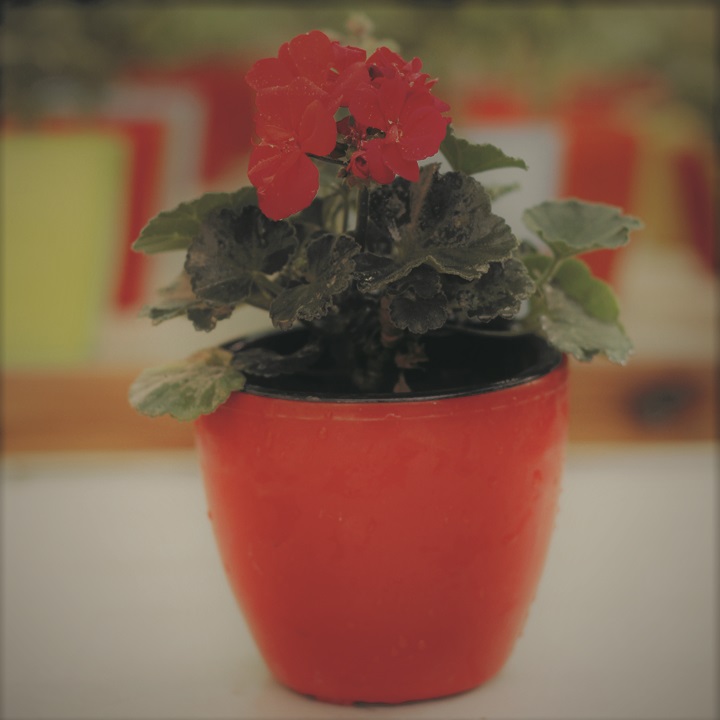Flowers for this Summer
Aesthetics aside, the easy availability of many varieties of summer plants and no their health benefits should be reasons enough for you to start planting flowers this summer.

Planting flowers is a relatively fun activity that can be enjoyed by everyone. Besides its visual appeal, it also provides good less strenuous exercise as well. So, if you are planning to plant some flowers this summer, here are some suggestions:

This dazzling little plant, commonly called a million bells, is a must-have in your garden. The name Calibrachoa comes from the fact that it features hundreds of small, bell-like flowers that resemble miniature petunias. Its trailing habit makes it perfect for use in hanging baskets or in small areas. Calibrachoa is a tender perennial that produces mounds of foliage, grows only 3 to 9 inches tall along trailing stems, and flowers in shades of violet, blue, pink, red, magenta, yellow, bronze and white. Furthermore, they
survive longer and will last throughout the summer months.
Its another advantage is that looking after it requires minimal efforts. Firstly, it requires ample sunlight. Secondly, it requires soil that is fairly moist but not soggy, especially if the area gets full sunshine and may succumb to the intense summer heat. Calibrachoa care includes the periodic application of fertilizer (about once a week), but you may need to fertilize more regularly if it is a hanging basket.
Price: NRs. 150/pot

Cyclamen
Another summer friendly flower is Cyclamen. Its vibrant flowers, interesting leaves, and fragrance make this p
lant a popular houseplant.
Proper care is essential if you wish to ensure that it lasts several year s Cyclamen should be kept outside in low light area, but not exposed to direct sunlight. The next important thing about taking care of a cyclamen is to make sure that it is properly watered as it is sensitive to both over and under watering. Make sure that the plant has excellent drainage, but holds sufficient water as well. Another important part is the application of fertilizers. You need to fertilize it once every one to two months with the water-soluble fertilizer mixed at half strength.
Price: NRs. 500/pot
 Chamedeora
Chamedeora
Chamaedorea is a relatively small graceful palm with densely clumping, bamboo-like stems and feathery fronds. Commonly known as bamboo palm or clustered parlor palm, it is a useful indoor palm because of its adaptability to the environment, exotic look, and pollution fighting capabilities. It is useful for landscaping in the garden, for containers on a shaded patio, or indoors with filtered light. Small palms can be used in tabletop arrangements to create an exciting display as well. Other than homes, it is commonly used in malls, offices, and courtyards.
Chamaedorea palms grow best in moist, humus-rich, well-drained soils. They are very easy to grow and maintain within their hardiness zone. In addition, parlor palms such as chamaedorea prefer bright filtered light. If kept at a distance from a window for extended periods in winter, they begin to grow spindly. In addition, this species of the plant just loves water. Water chamaedorea as often as necessary it is important to keep the potting mixture thoroughly moist during the active growth period, even permitting water to remain in the saucer. In addition, these plants will benefit from the application of recommended liquid fertilizer, once a month during the growing season to encourage strong, lush growth.
Price: NRs. 600/pot
Geranium
Geranium is a popular bedding plant in the garden but is also commonly grown indoors or outside in hanging baskets. Growing geranium is easy as long as you can give it what it needs. It needs to be grown in well-draining potting soil. Plant your geranium in an area with at least six to eight hours of sunlight. If you have several of them, space them about 8 to 12 inches apart and put them in the same depth as in their original planting pots. In addition to watering, which should be done deeply and once the soil begins to feel dry if it is indoors or at least weekly if it is outdoors, fertilizing is also usually necessary. Use a water-soluble or potassium plus phosphorous fertilizer with additional organic matter every four to six weeks throughout its active growing season. Indoor or potted plants may require repotting once they overgrow, which can usually be noticed from the wilting of leaves between watering.
Price: NRs. 350/pot


